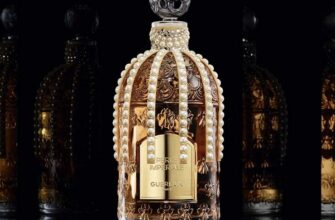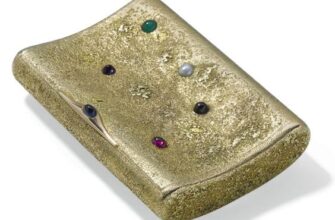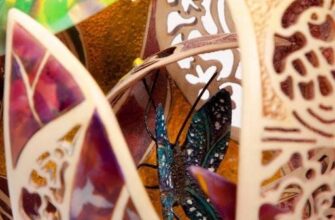Briolette is one of the first diamond cuts in history. This cut is the forerunner of the modern pear cut. The first mention of the briolette cut dates back to the 12th century. One of the briolette diamonds from India was purchased by Eleanor of Aquitaine, wife of King Louis 7 of France. In the 17th century, the famous French merchant Jean-Baptiste Tavernier sold two diamonds in this cut to King Louis 14 of France. It is believed that initially it was a “double rose”, then with on one side, the facets were elongated, due to which a teardrop shape was obtained.
One of the most famous and luxurious jewelry with briolette-cut diamonds is the Leuchtenberg diamond tiara, or Empress Josephine's tiara. She, of course, could not wear it, because Josephine died several decades before it was made.
The diamonds that adorn the tiara today were presented to Josephine by Alexander I during one of his visits to France. The diamonds will be given to Josephine's son Eugene de Beauharnais, Duke of Leuchtenberg. The tiara remained in the Leuchtenberg family until it was sold in Switzerland after the First World War. She then changed owners and countries until she ended up at Christie's auction in 2007. Its price then amounted to more than two million dollars.

Such a cut goes not only to diamonds, but also to almost any stones. Of course, colored gemstones are very effective in this cut. There are sapphires, rubies, amethysts, aquamarines, topazes, tourmalines, citrines cut in briolette. Emeralds are much less common in the briolette cut because of their fragility.
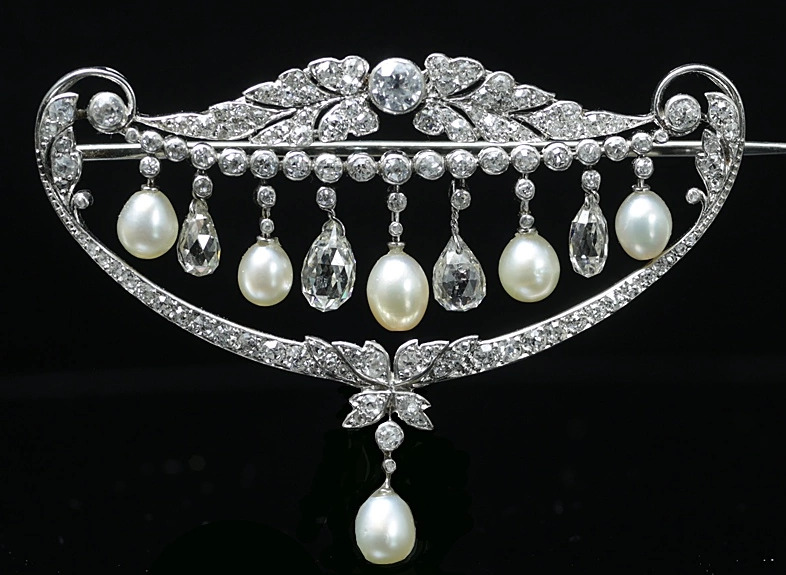
Diamonds in this cut allow the viewer to admire the incredible beauty of the stones from all angles. This almost forgotten cut became popular again, and the most famous jewelry houses began to include stones with a briolette cut in their jewelry collections.
One of the most expensive stones in this cut is found in the William Goldberg white gold necklace. It contains a huge colorless diamond weighing 75,36 carats. This stone was cut in the early 2000s. It appeared at Christie's 2013 auction and sold for $11,2 million.

The necklace itself consists of colorless briolette-cut diamonds and white gold. It is also adorned with a fancy bright pink diamond of the same cut. Incredibly beautiful!
And these jewelry with luxurious yellow briolette-cut diamonds are the creations of Cartier jewelers. Look how beautiful:
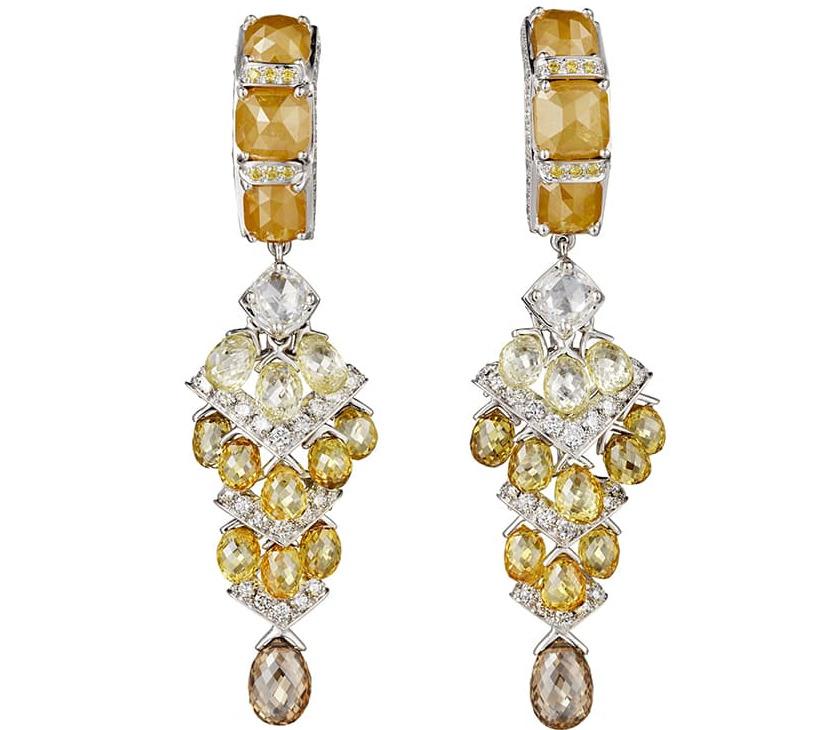

These pieces are part of the Magnitude Yuma high jewelery collection with yellow diamonds. Look at this diamond and quartz ring:

Harry Winston and his jewelers are trying to keep up. Look at this beautiful colorless briolette cut diamond surrounded by beautiful colorless and pink diamonds in various cuts. Look how beautiful:
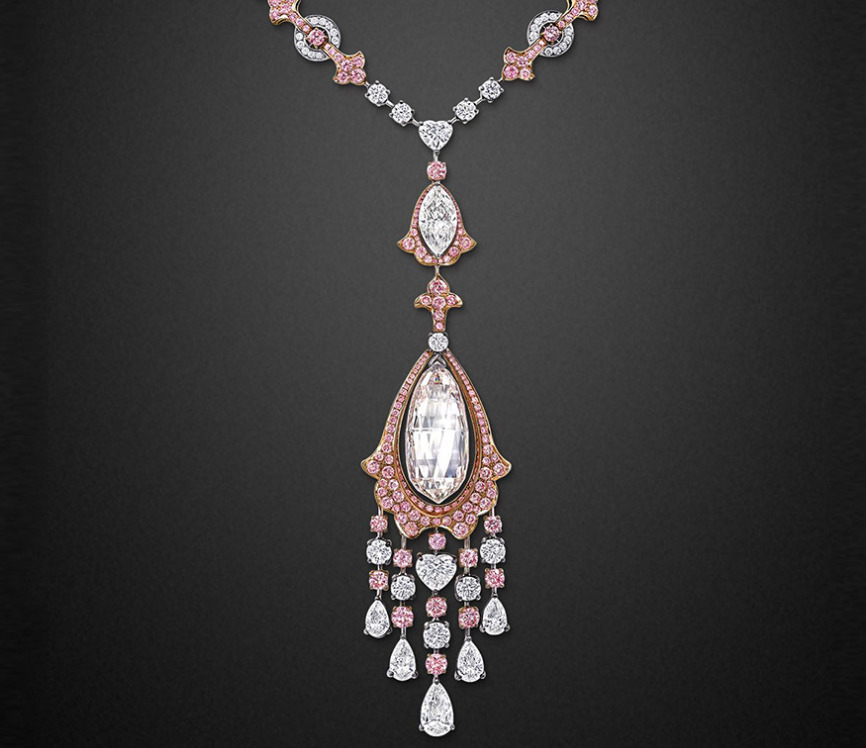
Yellow, pink briolette cut diamonds are beautiful. But no less luxurious are brown and cognac-colored diamonds. Check out this delightful Chopard choker necklace from the Red Carpet 2018 collection.
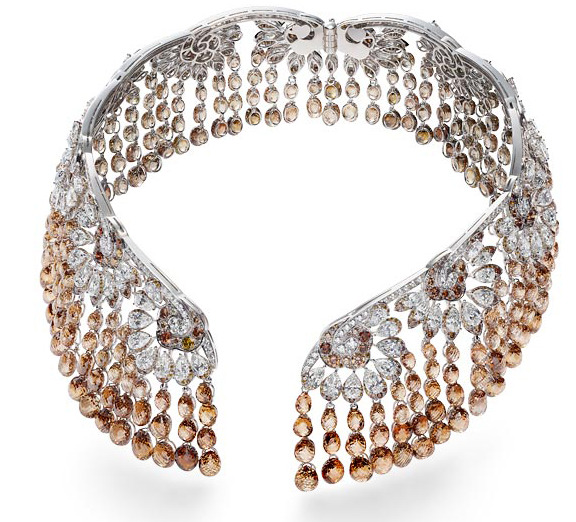
This 20s-inspired necklace features brown diamonds in a luxurious briolette fringe. A true masterpiece from Chopard. No less beautiful are other stones in this cut, for example, tanzanites. But that's a completely different story.
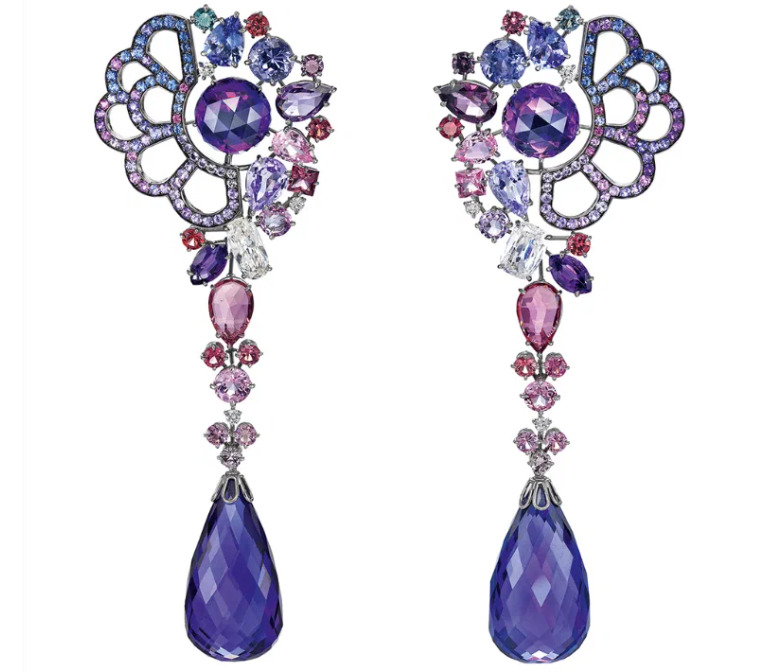
The briolette cut makes it possible to enjoy the beauty of the stone from any angle. These stones transmit and refract light. Most often, stones in such a cut are movably fixed in jewelry. They move in time with the movements of their mistress, creating a magnificent shimmer, brilliance and a special atmosphere of an exquisite holiday.

